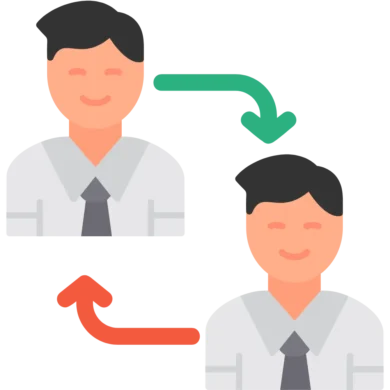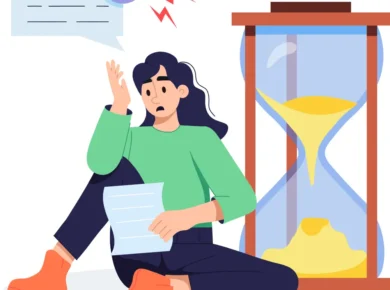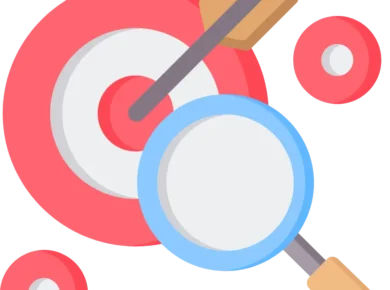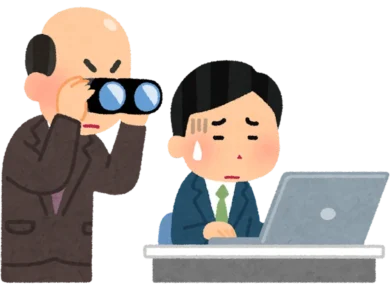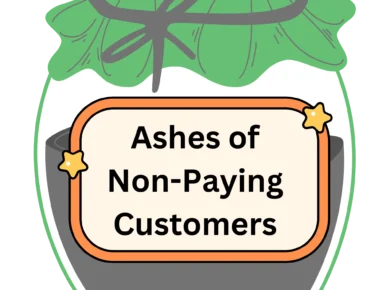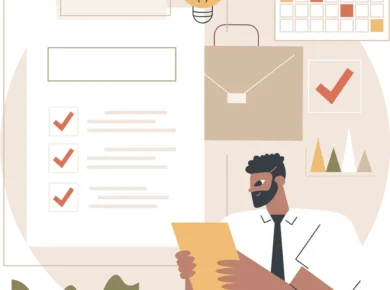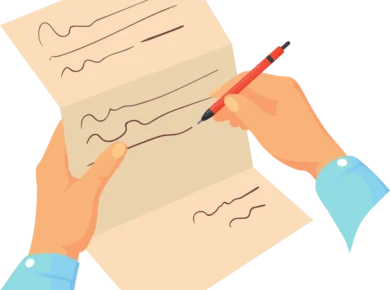In our professional and personal lives, the moments following an initial interaction can hold as much weight as the first impression. Whether after a job interview, a networking event, or even a casual meeting, follow-up is pivotal in cementing relationships, demonstrating interest, and opening doors to new opportunities.
But when is the right time to follow up? How can you do so effectively without coming across as pushy? This article will guide you through the essentials of mastering follow-up communications.
Importance of Follow-Up
Follow-ups are more than just a courtesy; they’re an opportunity. They can reaffirm your interest, remind others of your conversation, and set the stage for future interactions. In the context of a job application, a timely follow-up can set you apart from other candidates. In sales and business, it can be the difference between a deal won or lost. Studies have shown that consistent follow-up increases the likelihood of a sale by over 50%, underlining the adage that persistence pays off.
Know When to Follow Up
Timing is everything. Follow up too soon, and you risk seeming desperate; too late, and your client will forget you.
- After a Job Interview: The ideal time to send a thank you note or follow-up email is within 24 to 48 hours. This shows eagerness without seeming impatient.
- Post-Networking Event: Wait two to three days before reaching out. It allows the person to settle back into their routine, making your follow-up more timely.
- Following a Business Meeting: If you’ve discussed next steps, follow up within the agreed timeframe. Otherwise, one week is a respectful window that shows professionalism.
- After an Initial Email: Give the recipient at least a week to respond before following up. People’s inboxes are often full, and patience is vital.
How to Follow Up Effectively
Choosing the Right Medium
Each of the following methods has its place in effective communication, and selecting the right one depends on the context, urgency, and nature of your relationship with the recipient. By carefully considering these factors, you can ensure your follow-ups strengthen your professional and personal connections.
- Email is often the preferred choice for most professional interactions. The key to an effective email follow-up is to keep the message concise, polite, and direct, ensuring your purpose is clear without requiring much time from the recipient. Additionally, using a DKIM checker helps verify that your emails are properly authenticated, reducing the chances of them being marked as spam and improving delivery success.
- Phone calls can be highly effective for urgent matters or when you want to add a personal touch to your follow-up. However, it’s essential to be mindful of the timing, making sure to call at a convenient time for the other party to avoid disrupting their schedule.
- Social media and messaging platforms present a more relaxed environment for follow-up communications. These channels are best suited for informal interactions or when you’ve already established a casual rapport with the person you’re contacting. The casual nature of these platforms can make the follow-up feel less intrusive and more friendly.
- In-person follow-ups, while the most personal, should be used judiciously. They are most appropriate for expressing gratitude, such as after an interview, or for keeping in touch with professional contacts in a manner that fosters warm relationships. The face-to-face nature of these interactions allows for a more meaningful exchange but requires careful consideration of the appropriateness of the situation.
Crafting Your Message
Your message should be concise and personalized and include a gentle reminder of your previous interaction. A clear call to action or question can help prompt a response. Personalization goes a long way; mentioning details from your initial conversation can jog the recipient’s memory and establish a connection.
Including a direct call to action or a thought-provoking question clarifies the purpose of your follow-up and encourages the recipient to engage with your message. Whether you’re seeking feedback, asking for an update, or proposing a next step, being explicit about what you’re hoping to achieve with your message can significantly increase the chances of receiving a timely and meaningful response.
Example Follow-Up Email:
Subject: Following Up on Our Discussion About [Topic]
Dear [Recipient’s Name],
I hope this message finds you well. I wanted to express my gratitude once again for the insightful conversation we had about [specific topic] on [date/location]. Your thoughts on [specific detail from the conversation] were particularly enlightening and have sparked further reflection on my end.
Since our discussion, I’ve [briefly mention any relevant action you’ve taken or progress made], and I’m eager to hear your thoughts on this development. Could we perhaps schedule a brief call next week to continue our conversation? I’m keen to explore how we might collaborate further on this.
Thank you for considering my request. I look forward to discussing this with you further.
Best regards,
[Your Name]
This email example demonstrates how to effectively combine conciseness, personalization, and a clear call to action in a follow-up message. By recalling a specific element of your initial interaction and suggesting a concrete next step, you reinforce the connection and facilitate continued engagement.

Related reading
9 Follow-Up Mistakes to Avoid
- Forgetting to reintroduce Yourself Briefly: It’s important not to assume that the recipient remembers you from a single interaction. A brief reintroduction at the beginning of your follow-up provides context and refreshes their memory, laying the foundation for a more meaningful exchange.
- Being Too Vague: Clarifying the purpose of your follow-up is crucial. Ambiguity can lead to misunderstandings or lack of engagement. State your intentions clearly to guide the recipient on the context and importance of your message.
- Following Up Too Frequently: Patience is critical after sending a follow-up. If you haven’t received a response, give it some time—typically a week or two—before reaching out again. This respects the recipient’s time and keeps you from appearing impatient or pushy.
- Neglecting Personalization: Personal touches in your follow-up, such as referencing a detail from your previous meeting or conversation, can significantly increase the effectiveness of your message. It shows that you value the interaction and are attentive to details.
- Forgetting to Include a Call to Action: Your follow-up should guide the recipient on the next steps. Whether scheduling a meeting, answering a question, or reviewing a document, a clear call to action prompts engagement and moves the conversation forward.
- Using the Wrong Medium: The medium of your follow-up should match the formality of your relationship and the context of your message. For instance, formal business matters might be better suited to email. At the same time, a quick check-in could be appropriate via text or social media, depending on your rapport with the recipient.
- Ignoring Timing: Timing can significantly impact the effectiveness of your follow-up. Avoid reaching out during known busy times, late at night, or early in the morning. Consider the recipient’s schedule and time zone to increase the likelihood of a positive response.
- Lack of Gratitude: Expressing appreciation for the recipient’s time or consideration is essential. A simple thank you can go a long way in fostering goodwill and respect in your professional relationships.
- Being Too Lengthy: Shortness is vital in follow-up messages. Long-winded emails or messages can be overwhelming and might not be fully read. Keep your communication concise, focusing on the essential points to respect the recipient’s time and attention.
Advanced Follow-Up Strategies
Utilizing Tracking Tools and CRM Software to Organize Follow-ups
In professional communication, tracking tools and Customer Relationship Management (CRM) software are pivotal in organizing and managing follow-ups. These technologies allow you to systematically record interactions with clients or prospects, schedule future communications, and ensure no one falls through the cracks. A well-maintained CRM system can provide insights into the contact’s history, preferences, and previous concerns, enabling you to craft more personalized and effective follow-up messages. By leveraging these tools, you enhance efficiency and create a more organized approach to nurturing professional relationships over time.
The Role of Automation in Follow-up – When It’s Helpful and When It’s Not
Automation in follow-up processes can be a double-edged sword. On one hand, it offers incredible efficiency, allowing you to reach out to a larger number of contacts with minimal effort. Automated email sequences, for instance, can keep your audience engaged without requiring constant manual input. However, you must balance relying on automation with the need for personalization.
While automated messages are helpful for general updates and reminders, they may not be appropriate for all situations, especially when a personal touch is crucial. For example, in delicate or complex discussions, a personalized approach demonstrates empathy and understanding, factors that automation cannot replicate.
The key is to discern when automation enhances the communication experience and when it detracts from the relationship-building process.
Tailoring Your Follow-up Strategy Based on Feedback and Responses
Adapting your follow-up strategy based on the feedback and responses you receive is essential for continuous improvement. This practice involves analyzing the effectiveness of different follow-up methods, timings, and messages to identify what works best for your audience.
If certain types of follow-up consistently yield positive responses or higher engagement rates, these insights can guide you in refining your strategy accordingly. Conversely, if feedback suggests that certain approaches are less effective or even counterproductive, adjusting your tactics is crucial.
Tailoring your strategy in this way demonstrates your responsiveness to your contacts’ preferences and maximizes the impact of your follow-up efforts. This adaptive approach ensures that your communication remains relevant, engaging, and respectful of your audience’s needs and boundaries, ultimately fostering stronger, more productive relationships.
Conclusion
Mastering the follow-up is an essential skill that can significantly impact your professional trajectory and personal connections. By understanding the importance of timing, choosing a suitable medium, and crafting thoughtful messages, you can make your follow-ups more effective and leave a lasting impression.
Now that you’ve learned the art of follow-up, I invite you to share your experiences. Have you found a particular strategy that works well for you? Or perhaps you have a follow-up success story? Share your insights in the comments below to help others refine their approach.
